Dante Alighieri
While Dante’s Divine Comedy has exerted an unparalleled influence on poets over the centuries, the worlds he described also shaped the visual imagination of Renaissance artists from his contemporary Giotto to Michelangelo. This year is the 700th anniversary of the death of the poet and to mark the occasion the Uffizi is organising a major exhibition in the northern Italian town of Forlì, where Dante fled from Florence in 1302; loans from the Uffizi and from other institutions worldwide will be on display, including Andrea del Castegno’s famous portraits of the poet, Pontormo’s Expulsion from Paradise, and 19th-century paintings and sculptures that reveal the importance of Dante’s writing to the Romantics.

Dante (c. 1448–49), Andrea del Castagno. Uffizi Galleries, Florence
Anna Atkins
In 1843, the botanist Anna Atkins published Photographs of British Algæ: Cyanotype Impressions, a study of her broad collection of sea flora, illustrated using the new medium of cyanotype photography that she had learned from her friend John Herschel. The first book to be illustrated with photographs, this landmark volume in the history of both photography and science will be published in a handsome, limited edition facsimile by Steidl 150 years after her death in 1871.
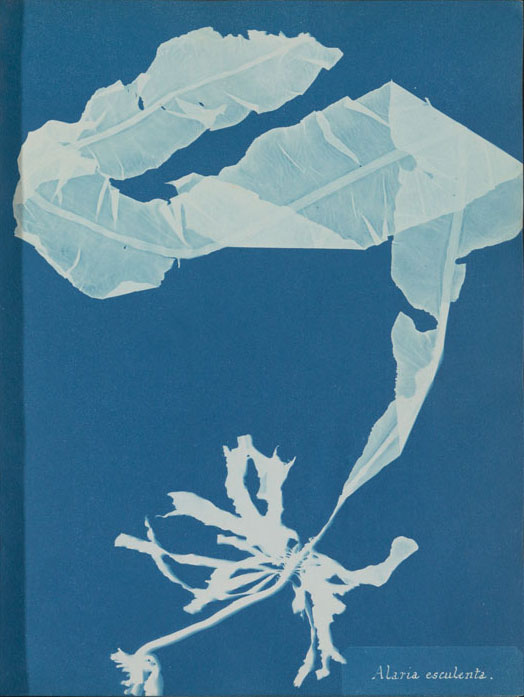
Algae (1843), Anna Atkins
Charles Baudelaire
Both with the example he set as a poet, and his exhortations as an art critic to reject the example of the past and focus on the here and now, Charles Baudelaire did more than perhaps any other single figure to usher in the modern era in Paris. Among the events planned in France to celebrate the bicentenary of his birth in 2021 is a six-month festival in Alençon (where Les Fleurs du Mal was published, to a largely hostile reception, in 1857), including exhibitions, workshops, concerts and seminars inspired by his work.
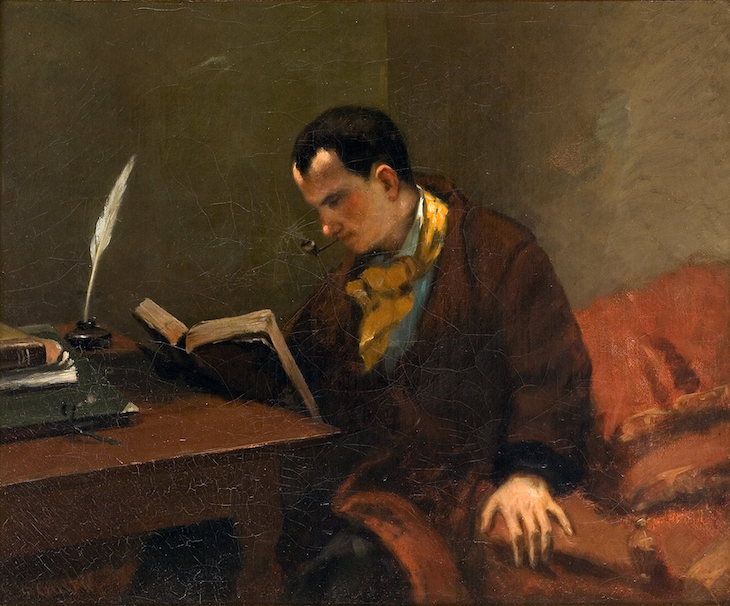
Portrait of Charles Baudelaire (1849), Gustave Courbet. Photo: Wikimedia Commons/Musée Fabre, Montpellier (public domain)
Joseph Beuys
It is difficult to overstate the influence of Joseph Beuys both on the landscape of post-war art and on contemporary artists working today. In the 1970s he developed the concept known as ‘social sculpture’: the theory that everybody is capable of making art, and that art can play an integral role in shaping our society. One hundred years after his birth in the western German city of Krefeld, this and Beuys’s other ideas about art and politics are being explored in Beuys 2021, a season of exhibitions, seminars and other events in 20 institutions across 12 cities in Germany.

Joseph Beuys in 1986 accepting the Wilhelm Lehmbruck prize at the Lehmbruck Museum, Duigsburg. Photo: Britta Lauer
Albrecht Dürer
An inveterate traveller, Dürer journeyed from his home in Nuremberg across the Alps to Italy, and to the Netherlands, on many occasions over the course of his life, incorporating influences and ideas from both north and south in his paintings, prints and theoretical treatises. Coinciding with the 550th anniversary of his birth, the National Gallery in London is this year presenting ‘Dürer’s Journeys: Travels of a Renaissance Artist’, the first major survey in the UK for some 20 years and a collaboration with the Suermondt-Ludwig Museum in Aachen.
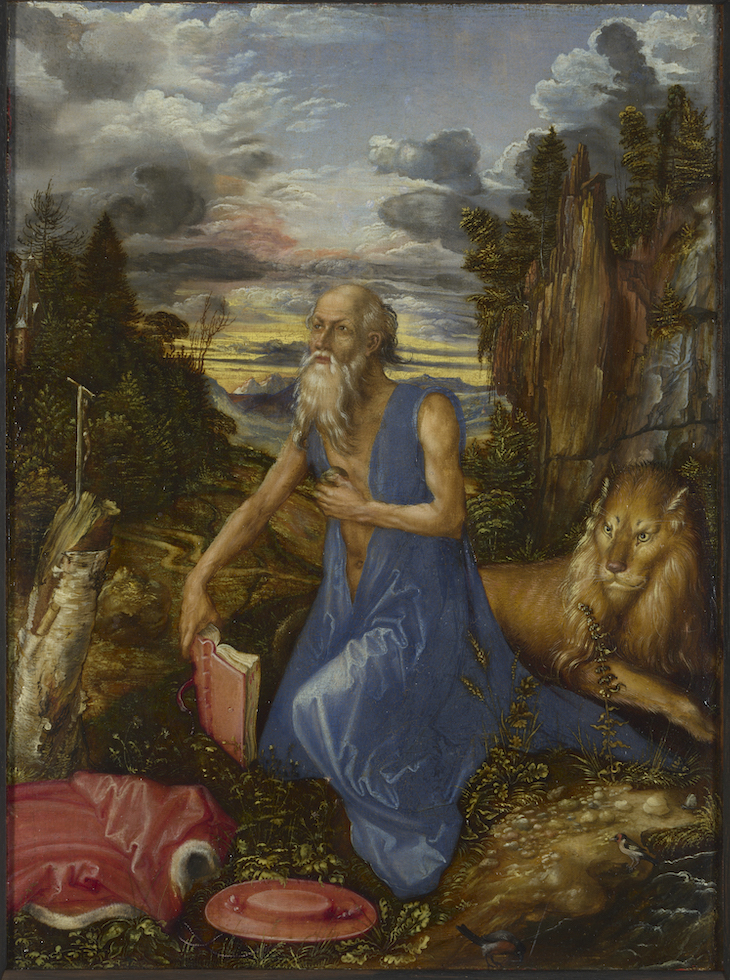
Saint Jerome (c. 1496), Albrecht Dürer. Photo: © National Gallery, London
Joan Eardley
Eardley was born in London in 1921, but moved as a teenager to Scotland, where her portraits of street children amid Glasgow’s dilapidated tenement blocks and her lyrical evocations of the Kincardineshire fishing village of Catterline have become some of the most renowned and well-loved depictions of 20th century Scottish life. There is currently no centenary show planned in her adopted home of Glasgow, but the Scottish Gallery in Edinburgh – an important supporter during Eardley’s brief life, cut short by cancer in 1963 – is planning a celebration of the artist.
Joseph Gandy
Known as the ‘English Piranesi’, the painter and architectural fantasist Joseph Gandy was born in September 1771. In his early career Gandy steeped himself in the ruins of Rome, and he was employed for some 40 years by John Soane to produce dramatic painted illustrations of Soane’s unbuilt ideas, exhibited year after year at the Royal Academy exhibition. Gandy died penniless and forgotten in an asylum in Devon in 1843, but was lauded by the Surrealists in the early 20th century. Among Gandy’s more recent admirers was the film-maker Ray Harryhausen, who was a major collector of his work; Harryhausen’s prized possession, the painting Jupiter Pluvius, has been loaned by his estate to the Scottish National Gallery in Edinburgh, where it will remain on view until September. Many of Gandy’s works are also on permanent display at the Soane Museum in London.
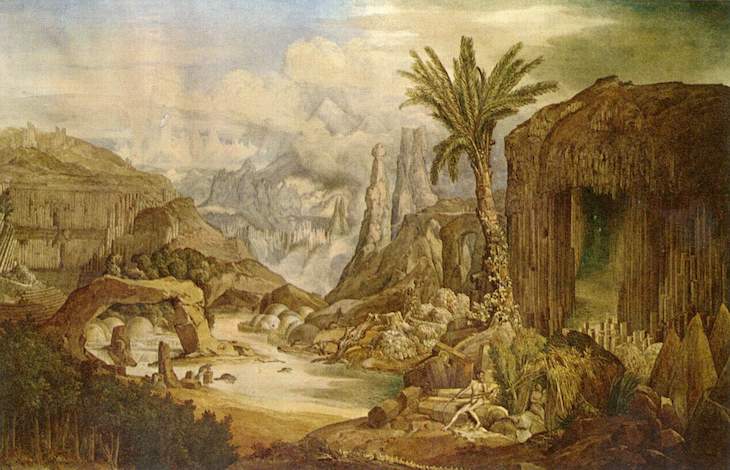
The Origins of Architecture (1838), Joseph Gandy. Sir John Soane’s Museum, London. Photo: Wikimedia Commons/The Yorck Project (public domain)
Phillips Collection
Founded in 1921, the Phillips Collection in Washington, D.C., is the oldest museum in America devoted to modern art. Planned centenary celebrations include an exhibition exploring how the collection of some 4,700 works has developed over the years, as well as displays of work by Jacob Lawrence, David Driskell, Alma Thomas, Marley Dawson, and Sanford Biggers.
Unlimited access from just $16 every 3 months
Subscribe to get unlimited and exclusive access to the top art stories, interviews and exhibition reviews.


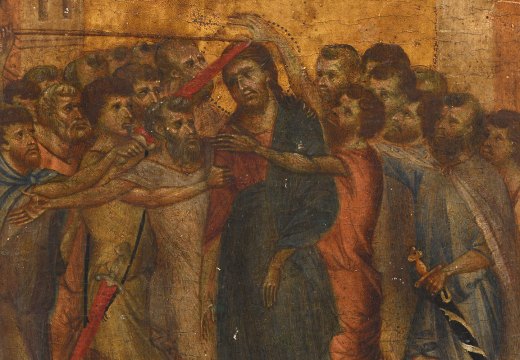
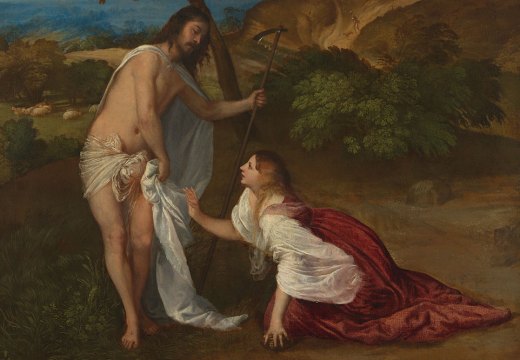
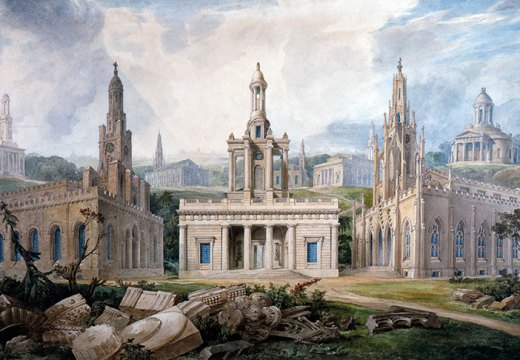









![Masterpiece [Re]discovery 2022. Photo: Ben Fisher Photography, courtesy of Masterpiece London](http://www.apollo-magazine.com/wp-content/uploads/2022/07/MPL2022_4263.jpg)
It’s time for the government of London to return to its rightful home